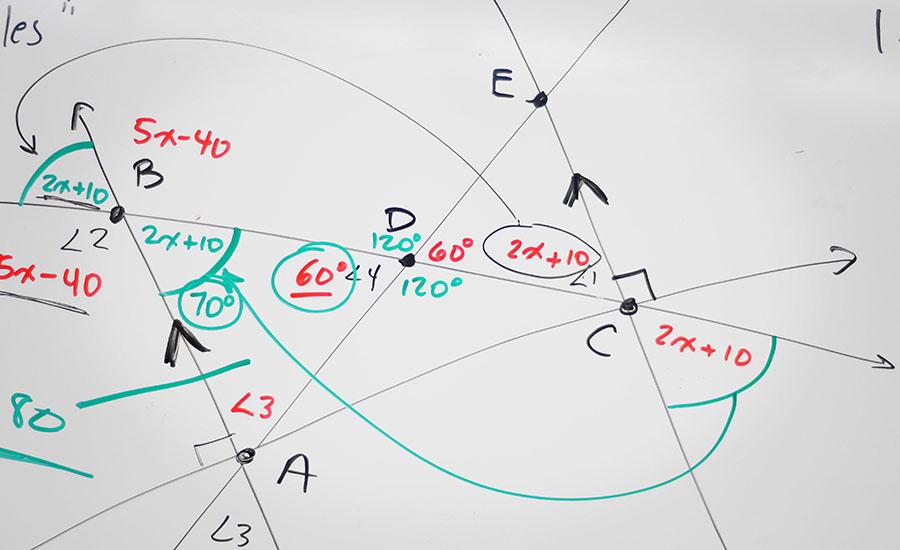This lesson is a fantastic way to introduce physical and chemical properties. It includes hands-on stations activities. In this lesson, students will be able to really see the properties of matter at
This is session 4 of a 4 session unit on innovative thinking, agricultural engineering, and farm model making. This is the second session of hands-on farm model making. Students will work with a
This is session 3 of a 4 session unit on innovative thinking, agricultural engineering, and farm model making. In this session students begin to work with a partner or small group to construct their
This is session 2 of a 4 session unit on innovative thinking, agricultural engineering, and farm model making. This session introduces students to agricultural engineering. It discusses how due to a
This is session 1 of a 4 session unit on innovative thinking, agricultural engineering, and farm model making. The first session introduces students to Dr. Temple Grandin, a creative thinker who has
Students who have been studying logarithms can apply them using a chemistry lab to discover the pH of acetic acid (white vinegar) and even compare this to other acids.
The students will be working and pretending that they work for an engineering company that is designing a bridge. The Department of Transportation wants to see a model of the bridge, so they will be
This lesson takes place in a classroom over two weeks. Students may work in small groups of 2-3. Prior to the robotics challenge, teachers should facilitate student discussion through guided lessons
Engineering of the traditional and contemporary Navajo/Diné Hogan using the sun's light to produce electricity. Students create a model of the Navajo/Diné hogan and incorporate solar energy concepts.
Students will construct a rocket by exploring the relationship of the mass in the nose cone to the success of a launch. Students will learn about "center of mass' and how to find it, as well as the
Plants are the basis for nearly all agricultural production. Agricultural plant crops produce food, fiber, fuel, and aesthetically pleasing plants. Plants utilize energy from the Sun to convert water
Featured Lesson Plans
Check out these notable lesson plans.

Students use Google Earth Timelapse to observe changes to glaciers over time before completing an investigation on the effects of melting sea ice and land ice on global sea level rise. This

This is the second lesson plan that goes with the series of four lesson plans for the book Song for a Whale by Lynne Kelly. This lesson focuses on vibrations, sounds, and music. The final project is

SNOW
This lesson includes literacy, math, and art about snowflakes. Within math, students will dive into an analysis of angles within a common snowflake. Students will listen to an informational text about


